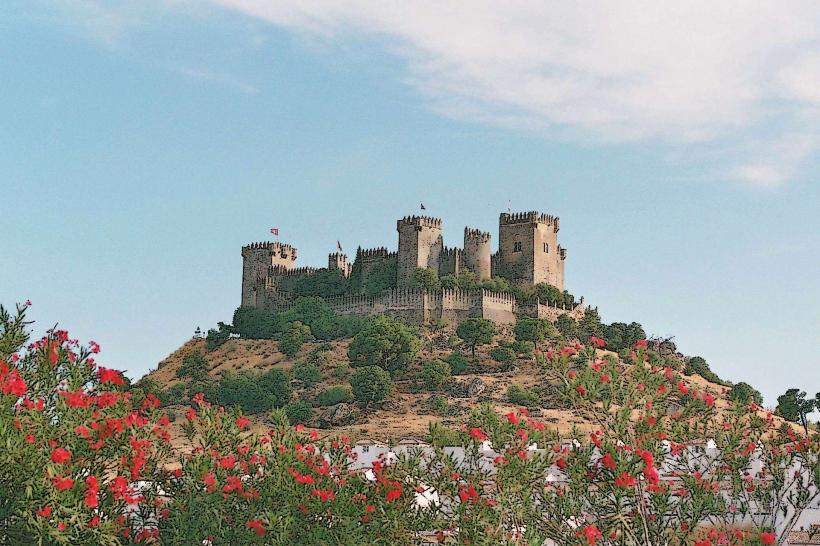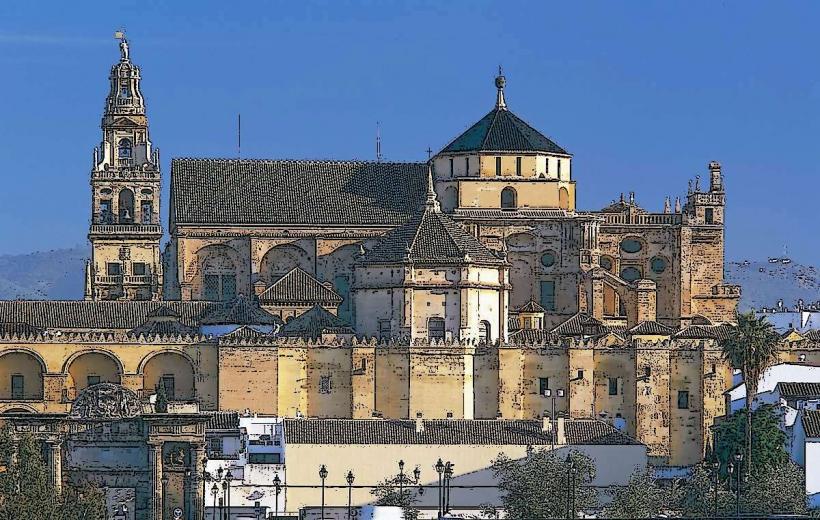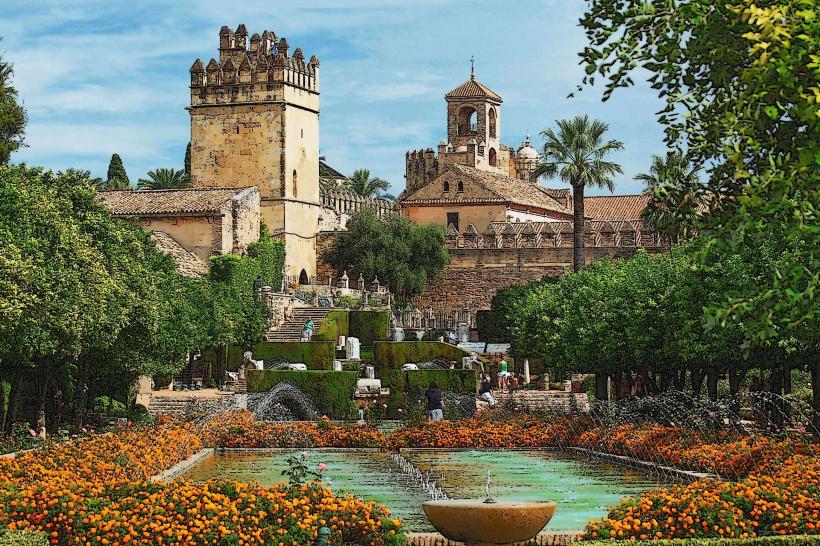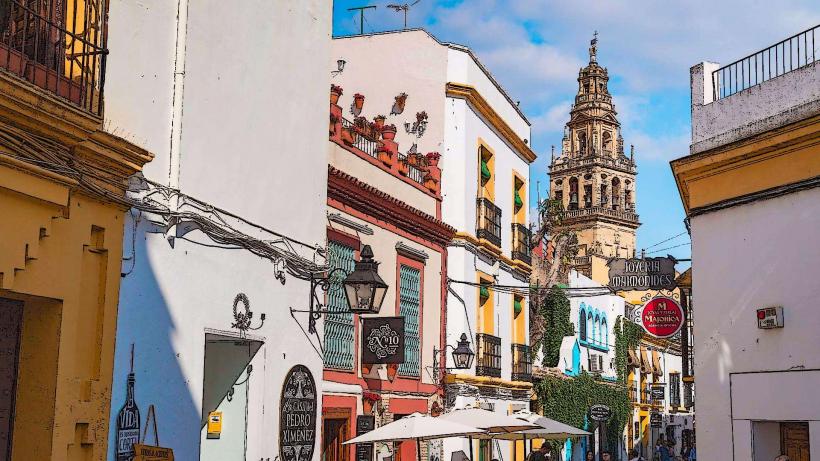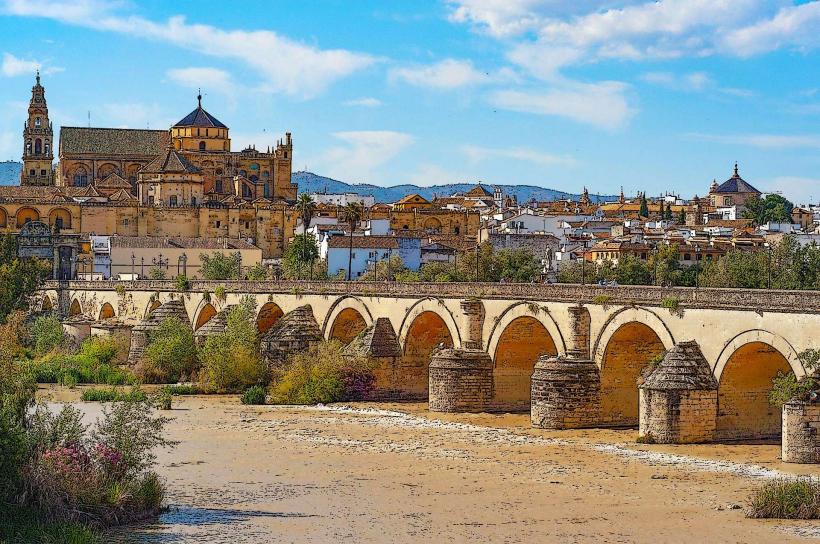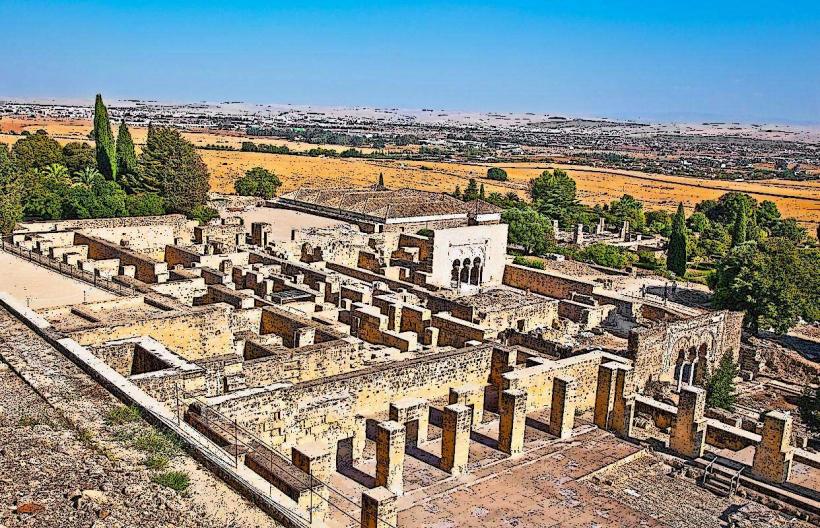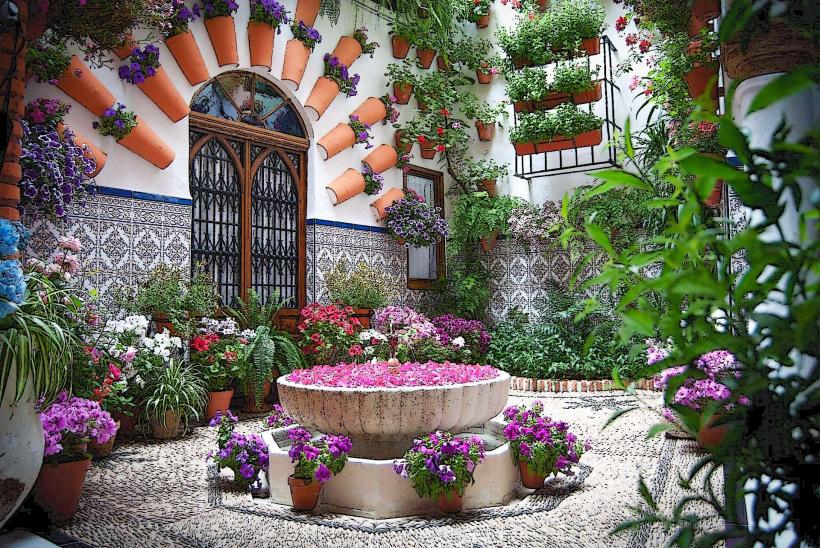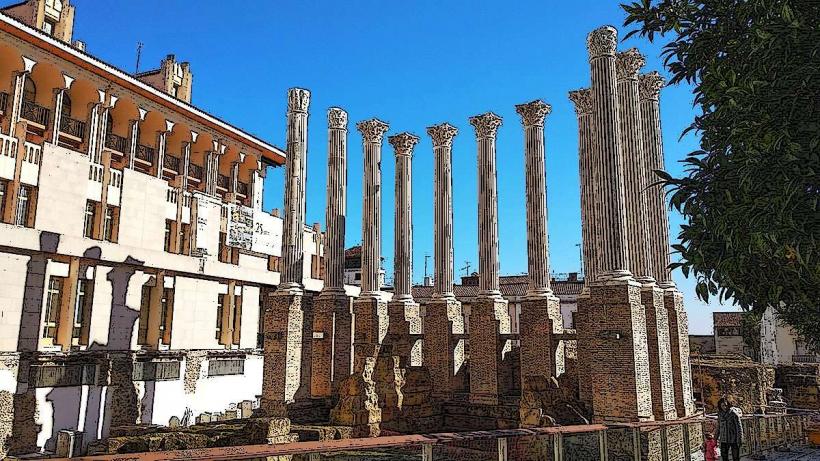Information
Landmark: Cordoba SynagogueCity: Cordoba
Country: Spain
Continent: Europe
The Córdoba Synagogue is a significant historical and architectural landmark located in the heart of Córdoba’s Jewish Quarter (La Judería). It is one of the best-preserved medieval synagogues in Spain and offers a glimpse into the Jewish community that once thrived in the city during the Middle Ages. The synagogue is an important symbol of Al-Andalus, the era when Jewish, Muslim, and Christian cultures coexisted in relative harmony.
History and Significance
The Córdoba Synagogue was built in 1315 during the reign of King Alfonso XI, under the Nasrid Dynasty that ruled the Kingdom of Granada. The Jewish community in Córdoba, which had been present since the Roman period, flourished during the Islamic rule in Spain, particularly under the Caliphate of Córdoba. After the Christian Reconquest of Spain, which culminated in the capture of Córdoba in 1236, Jewish communities continued to live in the city, though their status and rights were increasingly restricted.
In the 14th century, the Jewish population in Córdoba was significant enough to warrant the construction of a new synagogue. It was built in the Mudejar style, a unique blend of Islamic and Christian architectural elements, reflecting the multicultural nature of the period.
Architectural Features
The synagogue is small but beautifully designed, with a series of elegant architectural features that showcase the intricate craftsmanship of the time:
Exterior:
- The exterior of the synagogue is relatively modest compared to other monumental buildings in Córdoba, with a simple stone façade. The entrance is framed by a small archway and a latticework window.
Interior:
- The interior is where the synagogue truly shines, showcasing a blend of Islamic and Christian decorative elements.
- The prayer hall is rectangular and high-vaulted, with wooden beams in the ceiling, reminiscent of Islamic and Moorish influences.
- The walls are adorned with delicate stucco carvings, including geometric patterns, arabesques, and Hebrew inscriptions, some of which were added after the synagogue’s conversion into a Christian church.
- The arcade of columns separates the prayer area from the bimah (the platform where the Torah is read), and arches and pillars add to the overall sense of spaciousness.
The Bimah:
- At the eastern end of the synagogue stands the bimah, from which the Torah was read during services. The bimah is surrounded by decorative arches and stucco carvings.
The Women’s Gallery:
- Like most synagogues of the period, the women’s gallery is located on the second level. It is accessible by a staircase and provides a separate area for women during worship.
Hebrew Inscriptions:
- Many of the stucco panels inside the synagogue bear Hebrew inscriptions, some of which are verses from the Torah or religious texts. These inscriptions serve as both decoration and as a testament to the synagogue’s original purpose as a place of worship for the Jewish community.
The Mudéjar Style:
- The synagogue’s design features elements of the Mudejar style, characterized by Islamic-influenced designs and decorative patterns. This style was prevalent in Spain during the Christian Reconquest when Muslims, Jews, and Christians were living in the same territories and influenced each other’s art and architecture.
Conversion and Decline
Following the Catholic Monarchs’ conquest of Córdoba in 1492, the Alhambra Decree forced Jews to either convert to Christianity or leave Spain. The synagogue in Córdoba was subsequently repurposed for Christian use, and it became a church. Over time, it fell into disrepair, and the Jewish community in the city gradually dwindled. It wasn’t until the 20th century that the synagogue was officially recognized as a historic site.
Restoration and Museum
In the 20th century, the synagogue was restored and reopened as a museum dedicated to the history of the Jewish community in Córdoba. Today, it serves as a reminder of the rich cultural and religious diversity that once characterized the city, as well as a testament to the contributions of the Jewish community to the development of Al-Andalus.
The synagogue is also part of the Córdoba Jewish Quarter, which includes other significant landmarks, such as the Casa de Sefarad (House of Sepharad) and the Monument to the Jewish Martyrs. Visitors can learn about the history and culture of the Jewish community in the region, as well as the history of Judaism in Spain more broadly.
Visitor Experience
Exhibits: The synagogue now houses an exhibition that showcases the history of Jews in Córdoba, the Mudejar style of architecture, and the synagogue’s role in the city’s religious history. Exhibits include historical documents, artifacts, and images of the synagogue and its restoration.
Guided Tours: Visitors can explore the synagogue with a guide to learn more about its history and significance. The guided tours often delve into the interactions between the Jewish, Muslim, and Christian cultures that influenced the design of the building and the development of the city.
Location: The synagogue is located on Calle de los Judíos, in the Jewish Quarter of Córdoba. It is easily accessible from other historical sites in the city, including the Córdoba Mosque-Cathedral and the Alcázar of the Christian Monarchs.
Conclusion
The Córdoba Synagogue stands as one of the last remaining examples of medieval Jewish architecture in Spain. Its beauty and historical significance offer a glimpse into the Jewish community’s vibrant role in Córdoba’s history, especially during the Islamic Golden Age. Today, the synagogue is not only an important architectural site but also a cultural and educational resource that highlights the city’s multicultural past. Whether you’re interested in the architecture, the history of the Jewish community, or the Mudejar style, a visit to the Córdoba Synagogue provides a deeper understanding of the city’s rich and diverse heritage.

